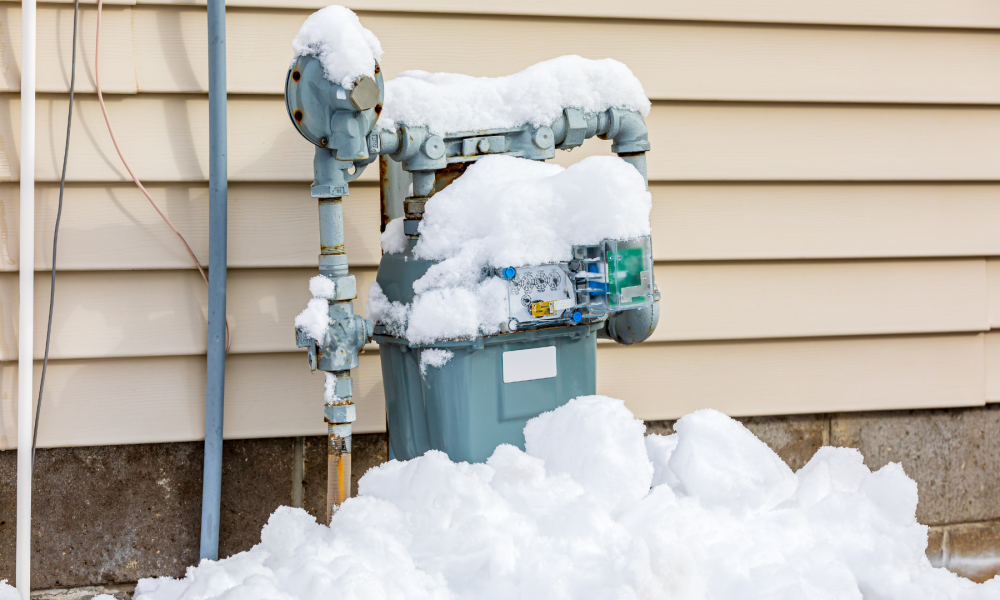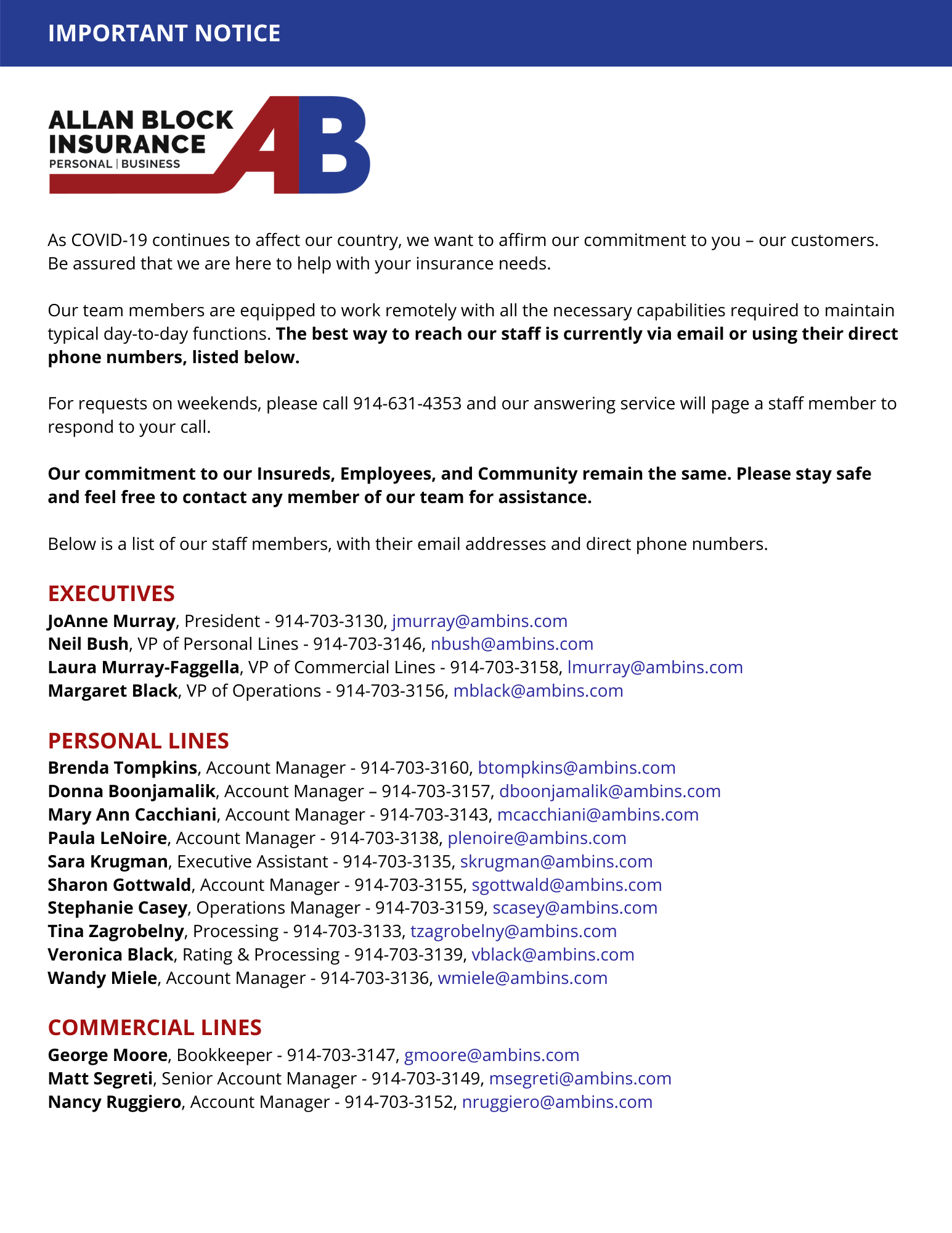Many areas of the country experienced record snowfall last winter, especially in the western United States. With winter approaching, it’s time for homeowners to begin protecting their property. One area that is often overlooked is protecting a home’s natural gas meter from the damaging effects of winter weather.
Large accumulations of snow or ice falling from roofs can damage gas meters and associated gas piping creating potentially hazardous leaks.
Consider these suggestions to help prevent problems with your gas meter before winter arrives and after the snowfall starts.
- Install an engineered snow shelter or shed to protect the meter from falling, sliding or accumulating snow and ice
- Keep meters free of snow and ice by using a broom and not a shovel, to avoid damaging the meter
- Allow vents in the meter to property exhaust
- Maintain a clear path to the meter
- When shoveling or plowing, don’t pile snow on the gas meter
Additionally, here are some common ways to identify a gas leak¹:
- Smell – natural gas has a scent similar to rotten eggs, even if faint
- Hear – when there is a gas leak from the ground, above ground piping or appliances, it will often make a hissing sound
- See – unexplained dead or dying vegetation or grass, bubbling puddles or other standing water, or dirt or water and other debris blowing into the air could signify a potential leak
If a leak is suspected, please leave the area immediately and call 911 and your local gas utility company.



